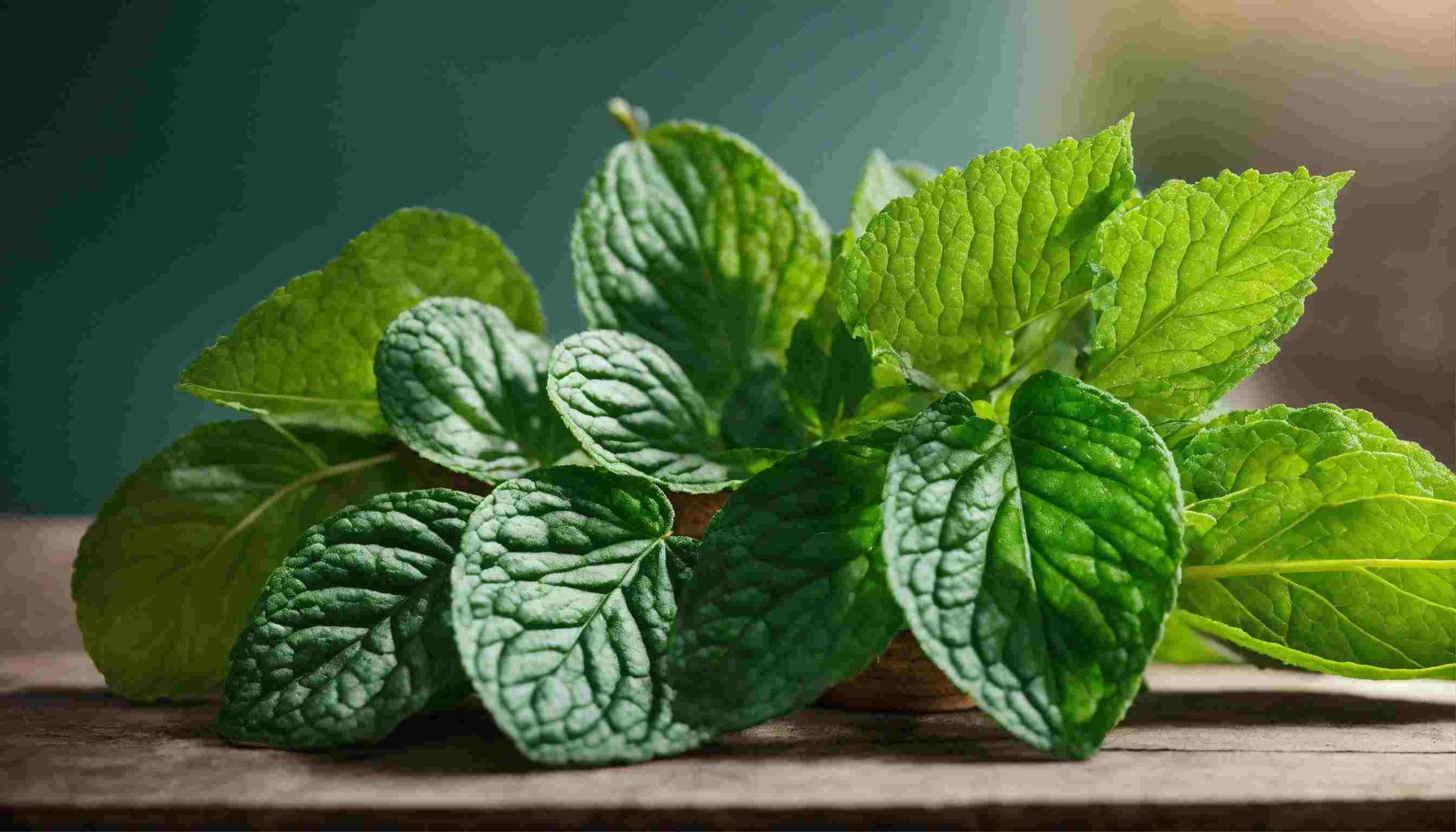Comfrey leaves are a versatile herb with many uses, but before you can take advantage of their benefits, you first need to dry them properly for long-term storage. Drying concentrates the medicinal compounds in comfrey leaves while preserving the leaves for future use in teas, tinctures, salves and more.
Comfrey (Symphytum spp.) is a nutrient-dense perennial herb that has long been used in herbal medicine and organic gardening. The leaves are rich in allantoin, rosmarinic acid and other beneficial plant compounds. Allantoin in particular supports skin cell regeneration Traditionally, comfrey leaf poultices were used to heal wounds and broken bones
Modern research has confirmed the efficacy of comfrey for treating muscle and joint pain when applied topically. Due to the presence of pyrrolizidine alkaloids, internal use is not recommended. However, comfrey leaf is considered safe when used externally.
In the garden, comfrey leaves can be used as a nutritious mulch or compost addition. The leaves are chopped and dropped around plants to boost soil fertility. Comfrey tea can also be brewed as a natural fertilizer.
When to Harvest Comfrey Leaves
-
Harvest comfrey leaves in early to mid-summer just before the plant flowers, This is when leaves are at their most nutrient-dense
-
Cut leaves from the base of mature plants, leaving smaller upper leaves for continued growth.
-
Avoid harvesting after the first hard frost, as the plant will be going dormant.
-
For medicinal uses, select young, healthy leaves free from blemishes or insect damage.
How to Dry Comfrey Leaves
There are two main methods for drying comfrey leaves at home: air drying and using a dehydrator. Each has pros and cons:
Air Drying
This is the most affordable and low-tech option, but it takes more time.
-
Wash leaves gently and pat dry with a paper towel.
-
Remove leaves from the stems. Stems take longer to dry.
-
Lay leaves in a single layer on mesh racks or hang bundles from strings. Allow space for air circulation between leaves.
-
Place near a sunny window or use a fan to speed drying.
-
Turn leaves periodically.
-
Leaves are fully dry when they crumble easily.
-
Takes 4-7 days depending on humidity and air flow.
Using a Dehydrator
Dehydrating is faster but requires specialized equipment.
-
Wash leaves gently and pat dry. Remove from stems.
-
Lay leaves in a single layer on dehydrator trays without overlapping.
-
Set the temperature to 95-115°F.
-
Rotate trays and check leaves periodically.
-
Leaves are done when brittle and crumbly, usually within 6-10 hours.
-
Turn dehydrator off promptly when finished to avoid over-drying.
I love using my 9 Tray Excalibur Dehydrator for herbs like comfrey. The adjustable thermostat and spacious trays allow for even and efficient drying.
How to Store Dried Comfrey Leaves
Proper storage is key for preserving comfrey’s potency over time.
-
Make sure leaves are fully dry and crisp before storage. Any moisture can lead to mold.
-
Leaves can be left whole or crumbled into smaller pieces. Crushed leaves take up less space.
-
Store in airtight glass jars or plastic bags. Dark containers help preserve beneficial phytochemicals.
-
Label containers with the herb name and date. Store out of direct sunlight.
-
If drying comfrey for medicinal uses, use within 1 year for best potency.
Uses for Dried Comfrey Leaves
Here are some of the many uses for your home-dried comfrey:
-
Tea – Add leaves to hot water for a mineral-rich tea. Enjoy comfrey tea in moderation due to the alkaloid content.
-
Tinctures – Infuse leaves in vodka or other spirits to extract their beneficial compounds.
-
Salves – Infuse the leaves into skin-nourishing oils to make healing salves. Excellent for rubbing on aching muscles or minor wounds.
-
Poultices – Rehydrate leaves with hot water and apply directly to skin as a therapeutic compress.
-
Natural Fertilizer – Brew a nutritious comfrey tea to use as a foliar feed or soil drench for plants.
-
Compost Activator – Add dried leaves to compost piles to provide nitrogen and minerals. Improves overall fertility.
-
Mulch – Scatter crushed leaves as a nutritious living mulch around trees, shrubs and garden beds.
Drying comfrey leaves at the peak of freshness preserves the leaves for year-round use. Air drying is the simplest method, while using a dehydrator speeds up the process considerably. Once fully dried, store the leaves in airtight containers out of direct light. Your home-dried comfrey can then be enjoyed in herbal remedies, fertilizers, compost and more. With the right harvesting and drying techniques, you’ll be able to unlock comfrey’s versatility all season long.
How to Dry, Preserve & Use Comfrey | Make Salves, Tinctures & Poultices | For Medicine Fodder & Soil
FAQ
What should you not do with comfrey?
How do you harvest comfrey for medicinal use?
How do you dry comfrey in a dehydrator?
Can you use fresh comfrey leaves to make salve?
- A Complete Guide to Caring for Yuki Cherry Blossom Shrub - January 23, 2025
- Identifying Red Hot Poker Seeds: What to Look For When Harvesting Torch Lily Pods - January 23, 2025
- A Complete Guide to Harvesting Evening Primrose Seeds - January 23, 2025

